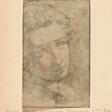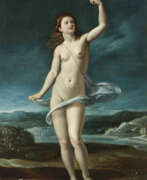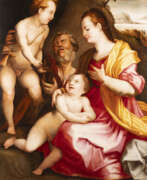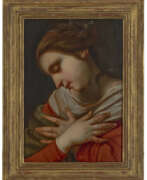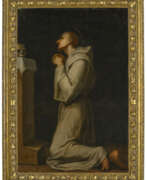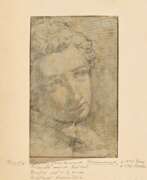Florentine School

Florentine School
The Florentine School was a pivotal movement in the history of art, emerging in Florence, Italy during the early stages of the Renaissance. This school played a significant role in the development of Italian Renaissance painting, renowned for its emphasis on naturalism and detailed human forms.
The Florentine School's origins can be traced back to the 14th century, where it initially focused on religious themes, later incorporating more secular subjects influenced by the rise of Humanism. This change was partly due to influential patrons like Cosimo de’ Medici, who significantly impacted the expansion of artistic production during this era.
A landmark event for the Florentine School, and indeed for Renaissance art, was the 1401 competition to create the bronze doors for the Baptistery of St. John in Florence. This competition was won by Lorenzo Ghiberti, whose work set a precedent for future Florentine artists. Ghiberti's doors, famously named the 'Gates of Paradise' by Michelangelo, were pivotal in the development of linear perspective, a technique that became a hallmark of the Renaissance style.
Key figures in the Florentine School include Masaccio, known for his realistic portrayal of human emotion and anatomy, particularly in the frescoes of the Brancacci Chapel. Another significant artist, Paolo Uccello, was renowned for his mastery of perspective, notably in his work “The Battle of San Romano.”
Florentine artists were not limited to painting; they were also skilled in sculpture. For instance, Donatello's bronze David was a revolutionary piece, marking the first known free-standing nude statue since antiquity.
The influence of the Florentine School is evident in numerous artworks displayed in galleries and museums worldwide. For instance, the Metropolitan Museum of Art houses a variety of pieces from this era, showcasing the distinct style and techniques that define the Florentine School.
For collectors and experts in art and antiques, the Florentine School remains a significant area of interest due to its pivotal role in the development of Western art. To stay updated on new product sales and auction events related to the Florentine School, signing up for updates can provide invaluable insights into this remarkable artistic movement.
| Country: | Italy |
|---|---|
| Start of the period: | XIV century |
| End of the period: | XV century |
